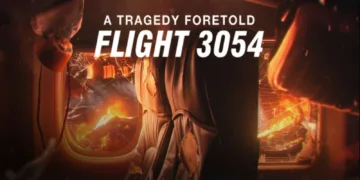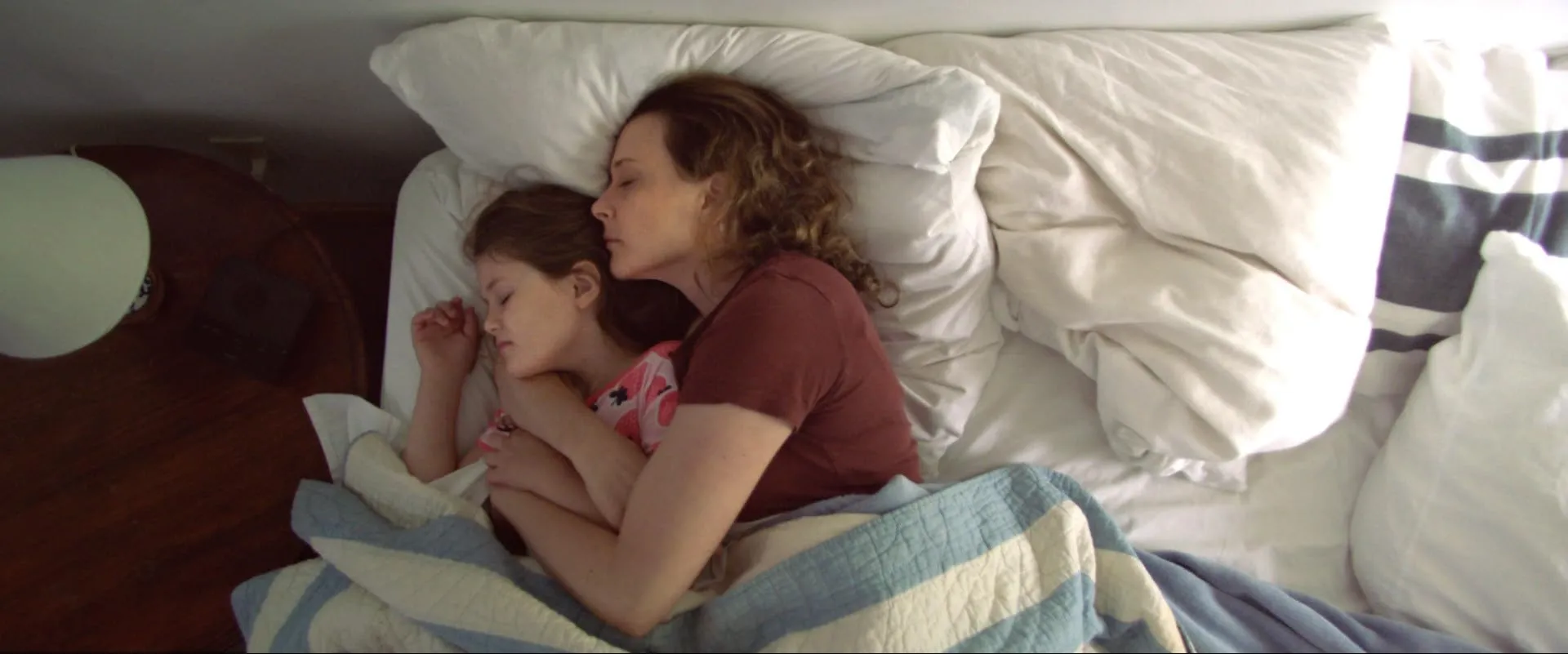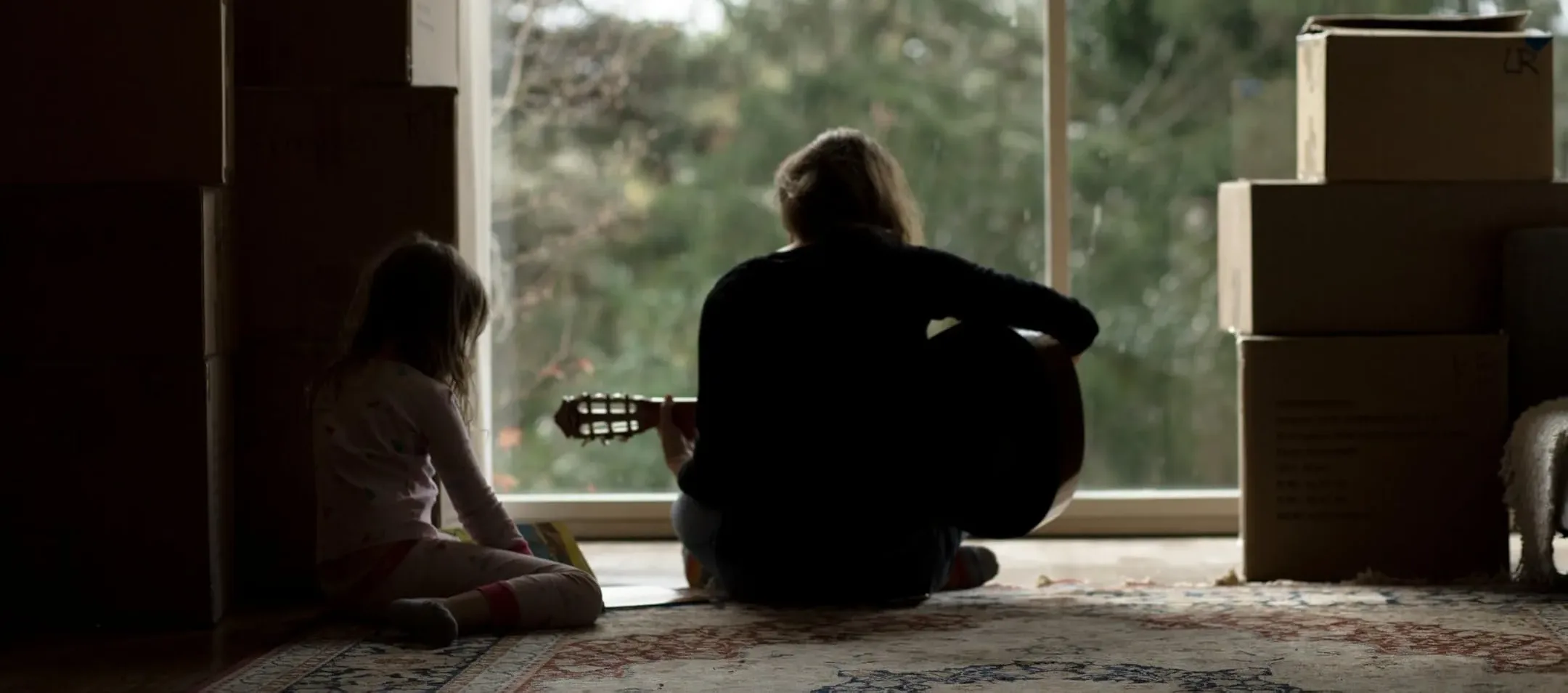The cinematic offering titled “Nora” ushers us into the world of its eponymous protagonist, Nora (played by the film’s multi-hyphenate creator, Anna Campbell). She is a woman adrift in that particularly turbulent sea of early-middle-age motherhood, where the daily squalls of packed lunches and school drop-offs for her young daughter, Sadie, threaten to capsize any lingering vessel of a former self.
The narrative sets sail as Nora, with Sadie in tow, returns to the stagnant waters of her hometown. Her husband, Leo, a figure notable primarily for his absence (off on a six-week work tour, a modern iteration of the seafaring spouse), leaves Nora to navigate not only the choppy transition of Sadie into kindergarten but also the treacherous currents of a past she perhaps thought she’d outrun. There’s an almost palpable hum beneath the surface here, a suggestion that Nora’s life once played out in a different, possibly louder, key.
The Phantom Limb of Fame: Nora’s Dissonant Present
Nora, as she stumbles through PTA meetings and hometown encounters, exhibits the distinct air of a displaced person – less a fish out of water and more a creature from a different, more flamboyant ecosystem suddenly confined to a domestic aquarium.
She is, shall we say, not quite harmonizing with the meticulously curated super-moms, those paragons of suburban efficiency. The source of this dissonance, the film reveals, is a past life spent as a bona fide recording artist, a songwriter who once knew the roar of the crowd, a stark counterpoint to the current soundtrack of children’s television jingles (a true test of any adult’s sanity).
This history isn’t just a nostalgic footnote; it’s an aching phantom limb. Her internal struggle is the quiet agony of the “dream-shift,” a term one might coin for that peculiar phenomenon where ambitions are not so much abandoned as they are… misplaced, like a set of keys you’re sure you just had.
The discovery of old lyric journals becomes a reliquary, each page a testament to a self that feels increasingly like a historical artifact viewed from behind velvet ropes, especially as faces from her youth, now fellow parents, offer reminders, tinged with something that might be resentment or perhaps just the dull surprise of seeing a shooting star grounded.
A Chorus of Connections: Entanglements and Empathy
The world Nora re-enters is populated by figures who serve as both ballast and potential buoys. Her mother, Terry, dispenses disapproval with the regularity of a metronome, a matriarchal friction that seems almost a prerequisite in these tales of prodigal daughters returning to the nest.
Yet, it’s in the tender, often frazzled, interactions with her daughter, Sadie, that Nora’s unwavering commitment surfaces – a fierce maternal love that anchors her even as she yearns for other shores. Then there’s Adam, Sadie’s teacher, a man who, refreshingly, isn’t just a plot device but possesses his own quiet artistic hum.
Their connection, budding amidst classroom singalongs and an impromptu open mic night, offers Nora a tentative bridge back to her muted muse. It’s not quite a romance, more a sympathetic resonance between two souls who understand the pull of a melody. Even the brief appearance of an old friend, Charlie, acts as a poignant echo from her previous life, a reminder of who she was before the quietude set in.
Her husband, Leo, remains offstage for a significant duration, yet the script smartly avoids painting him as the villain; he’s merely another individual navigating his own path, a circumstance that deepens Nora’s solitude rather than simplifying her predicament into a tale of spousal neglect. These relationships are less about dramatic confrontation and more about the subtle ways individuals nudge each other towards (or away from) their truer selves, a societal dance as old as time.
Fantasia of the Suburbs: Music Made Visible
Where “Nora” truly finds its voice, and indeed its visual panache, is in its daring musical interludes. These are not mere song-and-dance numbers; they are vibrant, often surreal, excursions into Nora’s psyche – her “psyche-scapes,” if you will.
When confronted by the intimidating phalanx of PTA mothers, her internal experience might manifest as a stylized, almost cartoonish battle. Feelings of marital loneliness or creative frustration bloom into full-blown music video fantasies, each a pastiche of a different era or genre – from the bold lines of an Archie Comic to the moody neons of 1980s New Wave, and even a sequence rendered entirely in animation.
This is where the filmmaking (cinematography by Kevin Fletcher, production design by Carrie Jordan, and an evidently gleeful costume department) truly lets its hair down. The songs themselves, alt-rock compositions by Campbell and Noah Harmon, are not just background noise but the very fabric of these expressive flights.
These sequences are the film’s stylistic signature, transforming the mundane into the momentarily magical, offering a direct conduit to Nora’s emotional core in a way that straight drama seldom achieves. It’s a bold choice, this regular shattering of the fourth wall of realism, and it’s largely successful, preventing the film from sinking into the mire of purely domestic drama.
Reclaiming the Cadence: Identity’s Second Act
At its heart, “Nora” strums the familiar, yet perpetually resonant, chords of identity, passion, and the often-vexing quest for self-reinvention, particularly when life throws a few major key changes your way, like motherhood or the quiet shelving of one’s primary passion. The film poses that age-old question: what happens when the applause fades and the school run becomes the day’s main event?
It’s a quiet meditation on the societal pressure cooker that often forces a binary choice between family and personal fulfillment, particularly for women. Nora’s journey is one of tentative rediscovery, not so much a reclaiming of past glories but an attempt to weave the vibrant threads of her artistic self into the new, sometimes bewildering, tapestry of her current existence.
The film doesn’t offer easy answers to the “having it all” conundrum; instead, it suggests that “all” is a highly subjective, ever-evolving composition. Nora’s gradual re-engagement with her music, her authentic voice, is portrayed as less a career move and more an act of profound self-care, a vital tuning of her own instrument.
Anna Campbell’s performance provides a grounded anchor, ensuring that even in its more whimsical moments, Nora’s emotional truth remains engaging and deeply relatable. The film champions the notion that artistic expression isn’t a frivolous indulgence but a fundamental human need, a way to find harmony within the inevitable dissonances of life.
Nora premiered in limited theaters on April 18, 2025.
Full Credits
Director: Anna Campbell
Writer: Anna Campbell
Producers: Anna Campbell, Sascha Fix, A.J. Gordon
Cast: Anna Campbell, Nick Fink, Sophie Mara Baaden, Lesley Ann Warren, Kate Miner, Megan Brotherton, Nelson Cheng, Tiffany Fajen, Nancy Hale, Briana Lane, Max Lesser, Melissa Miller, Jay Walker, Sophia Phoenix, Quentin Stoyanoff, Kyle Vahan, Laura Welsh
Director of Photography (Cinematographer): Kevin Fletcher
Editor: Christoph Baaden
Composer: Noah Harmon
The Review
Nora
"Nora" offers a heartfelt, if occasionally familiar, melody about reclaiming one's creative spirit amidst the domestic cacophony. While the narrative sometimes follows predictable beats, its inventive musical dreamscapes and Anna Campbell's sincere portrayal strike a resonant chord, making it a noteworthy exploration of the "dream-shift" so many experience. It’s a charmingly offbeat ode to the second act.
PROS
- Inventive and visually engaging musical fantasy sequences.
- Sincere and relatable lead performance by Anna Campbell.
- Thoughtful exploration of themes like identity, motherhood, and artistic rediscovery.
- Well-crafted original songs.
CONS
- Some narrative elements tread familiar ground in the "coming-of-middle-age" genre.
- The low-key interpersonal drama might feel subdued to some viewers.


















































